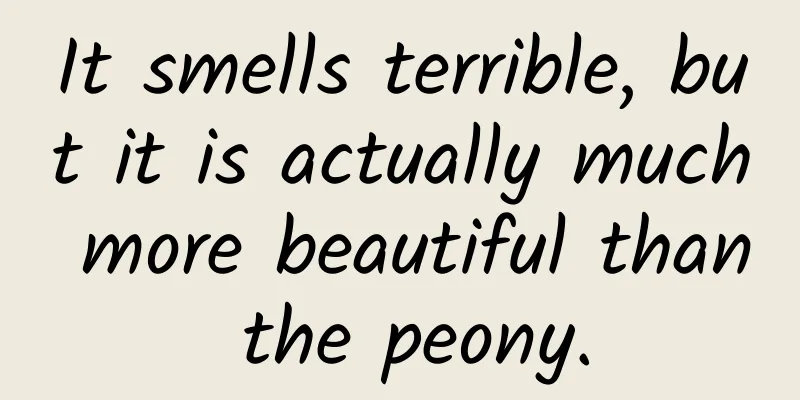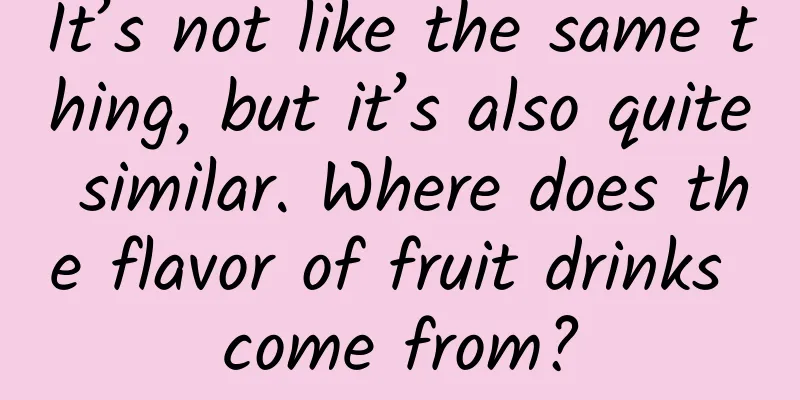It smells terrible, but it is actually much more beautiful than the peony.

|
I have seen it many times in two villages in southern Jinan, but I just glanced at it quickly and didn't look at it carefully. Because I knew it had an unpleasant name, I didn't have much interest in it. When I passed by that day, the flowers were in full bloom. I had almost missed it, but after hesitating for a moment, I turned the car around and drove up to it. The green leaves with densely packed red flower heads on top look really beautiful! It is the stinking peony, which looks like a peony and gets its name because of its foul smell. The stinking peony is a shrub of the genus Verbenaceae. The plant is tall and can grow up to 1 or 2 meters. Its corolla is light pink, red or purple, and if you smell it carefully up close, you will find that it does not have the so-called foul odor as rumored, but on the contrary has a faint fragrance! Is there something wrong with my sense of smell? It turns out that the "stink" of the stinking peony does not refer to its flowers. The so-called "stink" of the stinking peony comes from its stems and leaves. If you crush the leaves of the stinking peony, you will smell a strange smell. This is actually a kind of self-protection. This "stink" not only prevents humans from destroying it, but also prevents other herbivores from eating it. The stinking peony in traditional Chinese medicine, which comes from the roots and leaves of the stinking peony, has the effects of dispelling wind and detoxifying, reducing swelling and relieving pain. The root of stinking peony, also known as the root of stinking maple, can be used to treat high blood pressure, abdominal distension, rheumatic pain, dizziness, cough, etc. It is very effective in detoxifying, reducing swelling and treating athlete's foot. When used as medicine, the roots are mostly used to make a decoction, which is taken internally or soaked in wine, or used for fumigation and washing. For external use, the fresh roots or leaves are mashed and applied. After looking up some information, I found that stinking peony can also be used to treat urticaria. I have to try it myself! |
<<: This magical medicine has a beautiful name called "Xu Changqing"
Recommend
Help! Why are ugly things favored by young people so popular?
It has to be said that the preferences of netizen...
The dispute between "hard tofu" and "soft tofu" is because of this addition!
Audit expert: Wang Guoyi Postdoctoral fellow in N...
A dose of science | Is that you? Research finds that people with stronger immunity have higher "appearance"
"Wow, your immunity is so strong... The moon...
Puchang Rice Terraces: A Psychedelic Play of Colors and Lines
Puchang Terraces, the granary of Ganluo County. G...
Don’t ignore a minor cold, beware of “viral myocarditis”!
The recent cold has hit everyone by surprise Two ...
The efficacy and function of Tiegu San
The Chinese medicine Tiekusan is already very fam...
The efficacy and function of Cyperus truncatus
Cyperus rotundus is a traditional Chinese medicin...
What are the traditional Chinese medicines for reducing swelling and relieving pain?
In daily life, we are often troubled by some exte...
The efficacy and function of rhubarb[picture]
We know that there are many kinds of Chinese medi...
The efficacy and function of the dragon
In today's society, health preservation seems...
The efficacy and function of variegated begonia
As a traditional Chinese medicine, do you know th...
Can Moneywort be taken for a long time?
I believe that many friends who work in the wild ...
Does Maca tablets have any side effects?
Because maca tablets have very high health benefi...
What novel and wonderful manned lunar landing plans and tools were designed in the Apollo project?
The entire Apollo manned lunar landing project la...
The efficacy and function of Lespedeza root
Lespedeza root is a commonly used medicinal mater...









